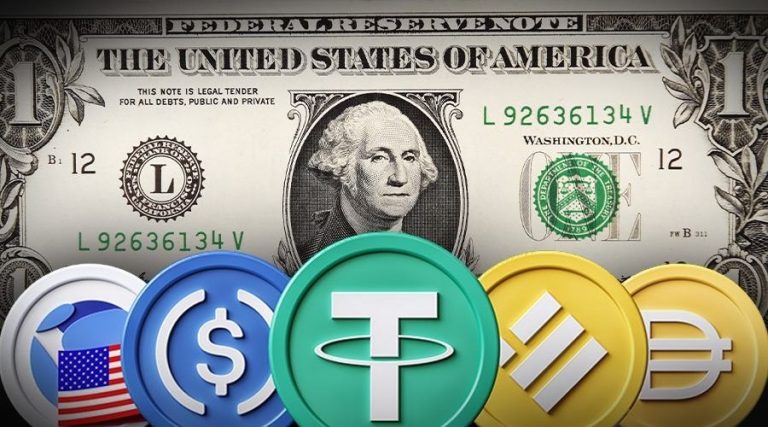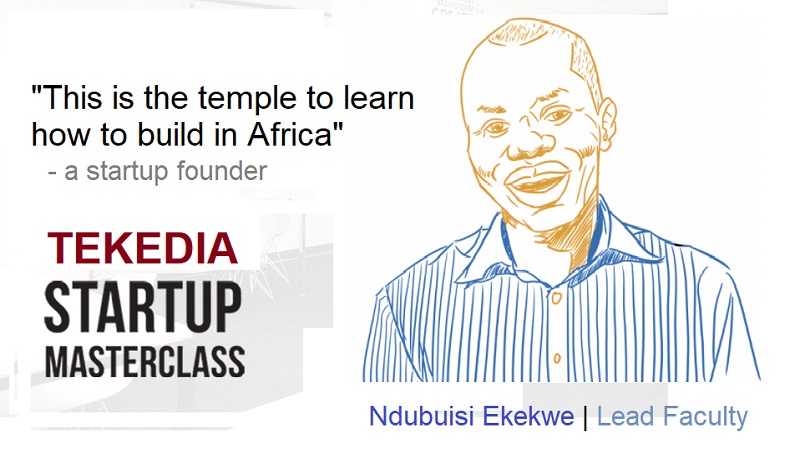
World Liberty Financial (WLFI) proposed a test airdrop of its USD1 stablecoin to all WLFI token holders to validate its on-chain airdrop system, reward early supporters, and boost USD1 visibility before a broader launch. The airdrop, planned for Ethereum Mainnet, will distribute a fixed amount of USD1 per eligible wallet, with the exact amount and timing still under review based on the number of wallets and budget. The proposal requires community feedback and a governance vote to proceed, but WLFI reserves the right to modify or cancel it even if approved. The USD1 stablecoin, launched in March 2025, is pegged to the US dollar, backed by US Treasuries, dollar deposits, and cash equivalents, and managed by custodian BitGo.
USD1 is fully collateralized by a reserve of high-quality, low-risk assets, including US Treasuries, US dollar deposits, and cash equivalents. These assets are held in segregated accounts to ensure transparency and security. BitGo, a reputable digital asset custody provider, manages the storage of USD1’s reserve assets, adding a layer of trust and accountability.
USD1 tokens are issued only when corresponding fiat or equivalent assets are deposited into the reserve. Token holders can redeem USD1 for US dollars at a 1:1 ratio, subject to standard compliance checks (e.g., KYC/AML), ensuring the peg is maintained through direct convertibility. WLFI commits to regular audits and attestations of the reserve assets by third-party firms to verify that the circulating supply of USD1 is fully backed. These reports will be publicly accessible to maintain trust.
Register for Tekedia Mini-MBA edition 19 (Feb 9 – May 2, 2026): big discounts for early bird.
Tekedia AI in Business Masterclass opens registrations.
Join Tekedia Capital Syndicate and co-invest in great global startups.
Register for Tekedia AI Lab: From Technical Design to Deployment (next edition begins Jan 24 2026).
The WLFI community, through its governance framework, can propose and vote on adjustments to USD1’s operations, such as reserve management or redemption policies, to adapt to market conditions while prioritizing stability. WLFI employs arbitrage incentives to keep USD1’s market price aligned with its $1 peg. If USD1 trades below $1, traders can buy it at a discount and redeem it for $1, profiting from the difference. If it trades above $1, new tokens can be issued against deposited collateral, increasing supply to correct the price.
WLFI monitors macroeconomic factors like interest rate changes or Treasury yield fluctuations that could affect reserve assets. The diversified reserve composition aims to mitigate risks from any single asset class. While WLFI emphasizes robust stability measures, external risks like regulatory changes, market volatility, or operational issues could pose challenges. The governance proposal for the USD1 airdrop does not directly impact these stability mechanisms but aims to increase adoption, which could enhance liquidity and price stability through broader market participation.
Distributing USD1 via airdrop could boost its circulating supply and market presence, potentially improving liquidity. Higher liquidity typically supports price stability by reducing volatility and tightening the peg to $1 through active trading and arbitrage. The airdrop will test WLFI’s on-chain distribution system and BitGo’s custodial operations. Any technical hiccups (e.g., delays, wallet errors) could undermine confidence in USD1’s operational reliability, indirectly affecting perceptions of its stability.
If a significant number of airdrop recipients redeem USD1 for fiat, it could strain WLFI’s reserve management. However, the fixed airdrop amount per wallet and compliance checks (KYC/AML) should limit mass redemptions, preserving reserve integrity. Successful execution of the airdrop could reinforce trust in USD1’s 1:1 peg, audited reserves, and governance model. Conversely, any mismanagement or deviation from the promised peg could trigger market skepticism, potentially destabilizing USD1’s price.
The airdrop rewards early supporters, potentially increasing WLFI token demand as new investors seek eligibility. This could drive WLFI token price appreciation, though speculative spikes may introduce volatility. The proposal’s reliance on community feedback and voting empowers token holders, reinforcing WLFI’s decentralized ethos. Active participation could shape USD1’s future policies, including stability measures.
Holders receiving USD1 inherit risks tied to stablecoin adoption, such as regulatory scrutiny or market fluctuations. If USD1 faces stability issues post-airdrop, it could indirectly affect WLFI token sentiment. USD1’s airdrop aims to capture market share in a crowded stablecoin space (e.g., USDT, USDC). Increased visibility could position USD1 as a viable alternative, but failure to maintain stability could cede ground to competitors.
A high-profile airdrop may attract regulators, especially given USD1’s fiat-backed model and cross-border distribution. Tighter regulations could complicate USD1’s operations or reserve management, impacting stability. If USD1 gains traction post-airdrop, it could integrate into DeFi protocols, payment systems, or remittance channels, enhancing utility. However, widespread adoption hinges on consistent stability and trust in WLFI’s governance.
An overly generous airdrop could inflate USD1’s supply beyond reserve capacity, though WLFI’s fixed-amount approach mitigates this. Recipients may sell USD1 immediately, pressuring its market price below $1. Arbitrage mechanisms should counter this, but rapid sell-offs could test the peg. While community input strengthens decentralization, conflicting voter priorities could delay or derail stability-focused decisions.



